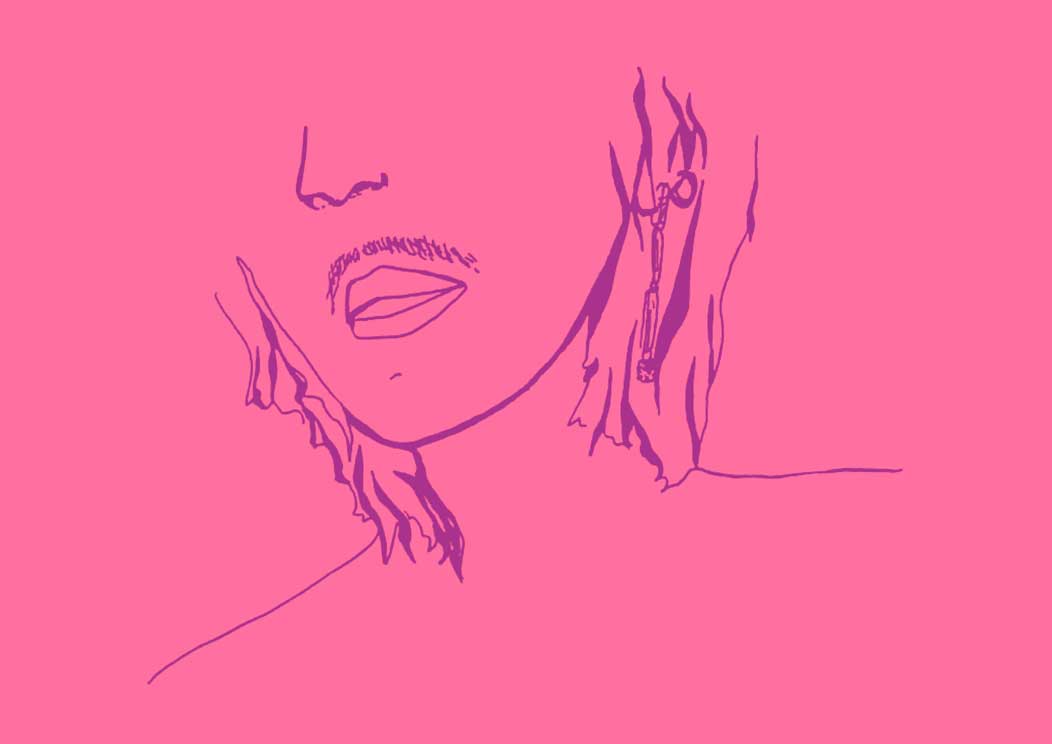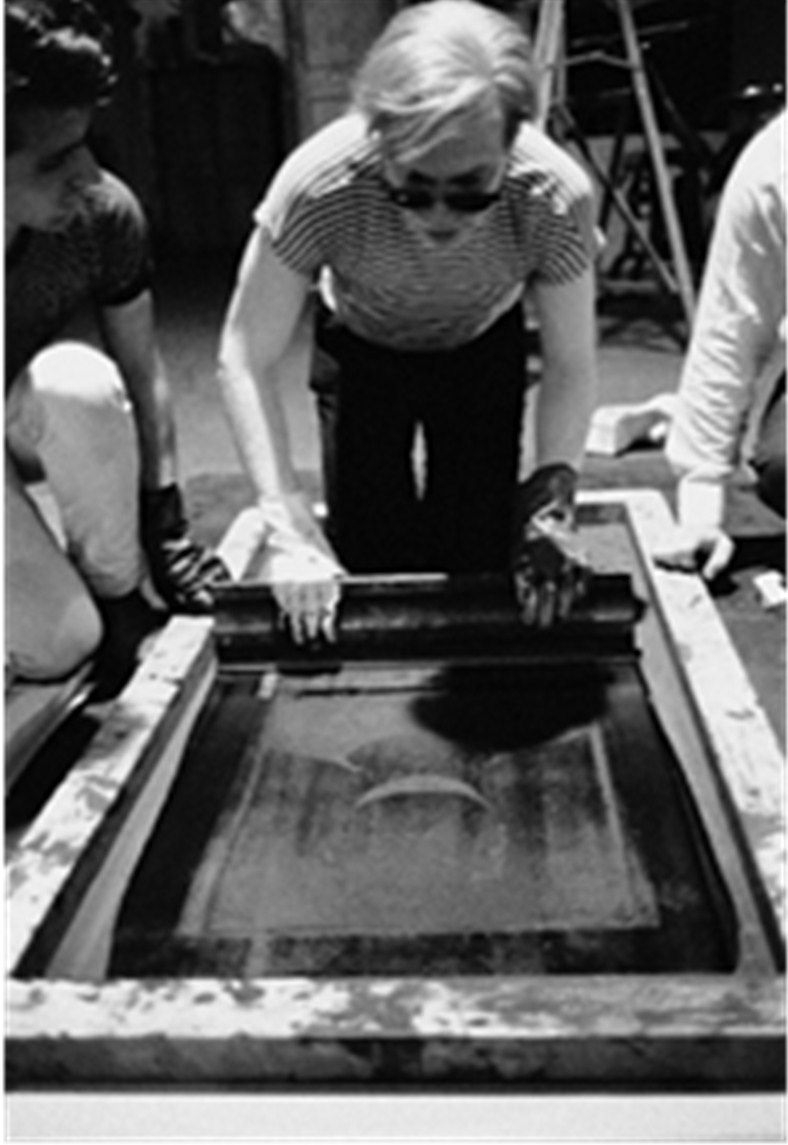Fine art printing is a one-of-a-kind process involving high-tech machinery used to print many different types of images from artists globally on high-quality canvas or paper. When produced these images are considered artwork in their own right and can be sold for high prices and recognised as fine art pieces
The process of fine art printing requires technicians and print publishers to have a keen eye for detail skill, it can take years to have a full understanding of all the different material offerings and the complicated techniques which are involved and vary from material to material. Luckily, our staff have years of hands-on experience with many materials and many artists.
This article explores the job of fine art printing hoping to demystify some parts for all artists looking to print with Pineapple Gallery fine art printing services

The difference between different techniques?
As with cooking and fine dish, fine art printing techniques are varied, and each technique has its own unique flavour that can boost the final print. The most cost-effective and super popular common technique used in fine art printing is giclee digital printing.

Digital Printing
Let’s have a look at digital printing which is what we specialize in and is the most common technique used in fine art printing today also known as giclee printing.
Digital printing can be achieved on many different types of machinery, we prefer Epson which is a beast of a company producing a range of super high-tech soldiers to shoot out great work at great speed and with alarming accuracy. Digital printers print images onto rolls or sheets of high-quality acid-free paper or canvas, this type of printing gives an extraordinarily high level of detail and with the right printer working with the machinery and using their knowledge and keen eye, allows incredible accuracy. Reproducing photographs and other complex images has never been so achievable. Whenever we see an artist’s face as they look at their work reproduced into a fine art print, it never fails to make us smile because the quality we produce is so high, no one is ever disappointed.
Traditional techniques like etching are still popular today, not as easy but no pain, no gain. Etching involves the artist creating an image on a metal plate through a process of acid etching. They then get a plate and ink it this is then printed onto high-quality paper or canvas, it’s more labour intensive but the results can be very charming. The unique texture and depth of tone that you can achieve through this process make it difficult to replicate and hard to beat. We suggest anyone who hasn’t tried it gives it a go, it’s a fun technique for all artists to try out.
Lithography
Lithography has been around for a long time and shows that tech is only sometimes king, another traditional technique involves the artist drawing anything onto a stone or metal plate using a greasy substance. They then have to get the plate treated, the reason for this is to make sure the chemical solution causes the greasy areas to repel water, while the non-greasy areas are left to attract water. The final art plate is then inked and printed onto high-quality paper or canvas to create beautiful work with a handmade touch. Lithography produces a sublime and unique texture with tonal ranges that are particularly suited to printing images with a high level of detail, fine pencil lines and detailed penwork can translate so well using this old technique.
Screen Printing
Screen printing is often thought of as King, the demand for screen-printed work never dies and the technique is not for the disorganized workshop and technician. The technique involves preparation and lots of it, a pair of good yellow duck rubber gloves and some nice background music, then creating a stencil on a mesh screen, which is then used to apply ink onto a surface.
Some say screen printing is particularly suited to printing images with bold colours and more simple shapes but the scope for screen printing across many designs is huge and we encourage you to try the process on not just bright bold colours and block patterns but on detail too to see what you get, however, if organising screens and colours is not your thing, there are always highly skilled screen printers around. Unfortunately, or fortunately for us, our machinery is so high tech and things have come along so much with printing these days, some people, many people cannot tell the difference between some of our giclee fine art prints and the screen prints on the same paper but we are a fan of both.

Considerations for Digital Printing
Prior preparation prevents piss-poor performance, apparently. The process of fine art printing is involved, you need to have your wits about you and do need to be bothered about detail. First things first is getting the image ready for printing. This can involve all kinds of editing from adjusting the colours, contrast, and brightness of the image, to making sure the reproduction of the image is tip top means you do need to take a breath and look deep at those crucial details. You can read more about image preparation and understanding resolution here.
Choosing the right paper for Digital Prints.
Choosing the right paper or canvas onto which the image will be printed is key, we help lots of artists with this, many fine art printers offer huge and wide selections of paper which can be so confusing, best to know whether you want smooth or textured to start with and go from there, having a chat with the printer is good too. Of the many different types of paper and canvas available, each has its own unique properties, no one is the same and all respond differently to the artwork. Top of the pop types of paper and canvas used in fine art printing include but are not limited to cotton rag paper, alpha-cellulose paper, and canvas which can be made from linen or cotton. We use German papers from Hahnemuhle, they are serious about paper making and their products can talk the talk and walk the walk.
Once printed the paper is left to dry, usually for 24 hours to let the ink rest and is inspected to make sure that the colours and tones are accurate, that there are no flaws in the print and that everything is picture-perfect. The fine art print can be finished off using a variety of techniques, including mounting, framing, and varnishing. We do not plop old-fashioned mounts overprints as we feel it is simply the same as wearing a crappy pair of shoes with a beautiful outfit, simply not done. Top mounting involves attaching the print to a backing board to provide support and protect it from damage, we use acid-free tape and handle all our art prints with gloves and love.
If you choose the wrong type of paper or canvas it can have a significant impact on the appearance of the fine art print, some papers are semi-gloss and thin whilst others are heavy weighted and textured, if you are unsure the Pineapple Gallery printing team are always on hand to answer your questions.
With great paper comes great responsibility.
With great paper, comes great art.

